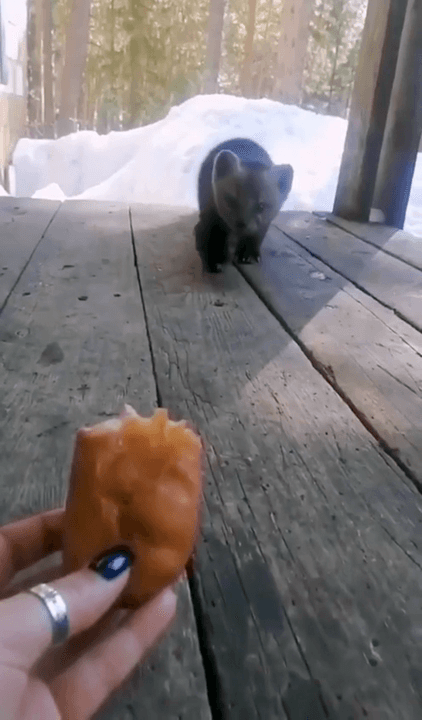
Field Tested: Browning Trail Cameras Trail cameras serve two purposes: tracking and security. Slimline options do their best at remaining undetected to human beings who might be trespassing on your property, while larger, higher-definition models will draw the most detail out of whatever sets it off. Earlier this year, my wife and I obtained an eight-acre piece of property that has remained untouched for nearly a decade. As such, it has become a bit of a sanctuary for animals that run off from the adjacent state game lands abutting its corner. Property of this nature is often desirable, as it typically makes for an easy hunt due to its long vacancy. However, for the same reason, it becomes attractive to those that want to have a private hunting experience without paying for land of their own. With that in mind, I scoured Browning’s website to find affordable cameras to serve my purposes, and came up with the Strike Force Gen 5 and the Dark Ops HD Max.Features The features on both came
Post: 23 September 18:43






















